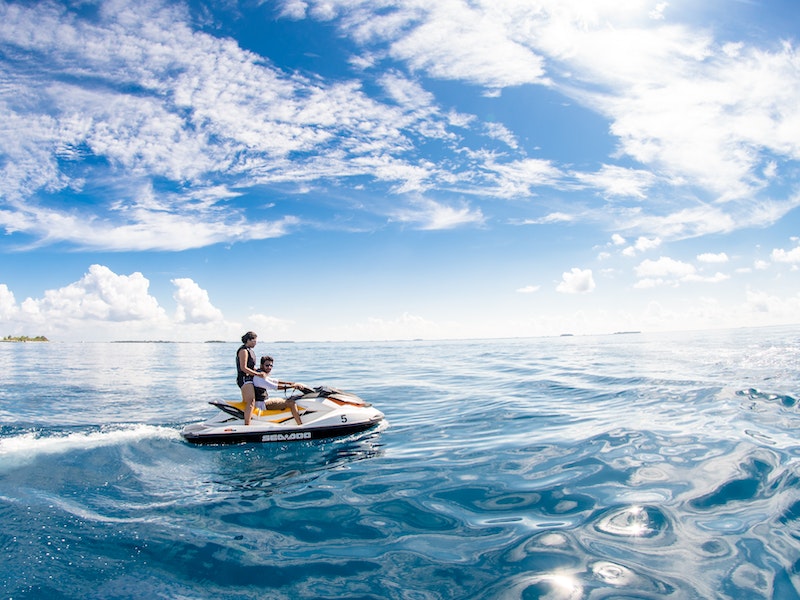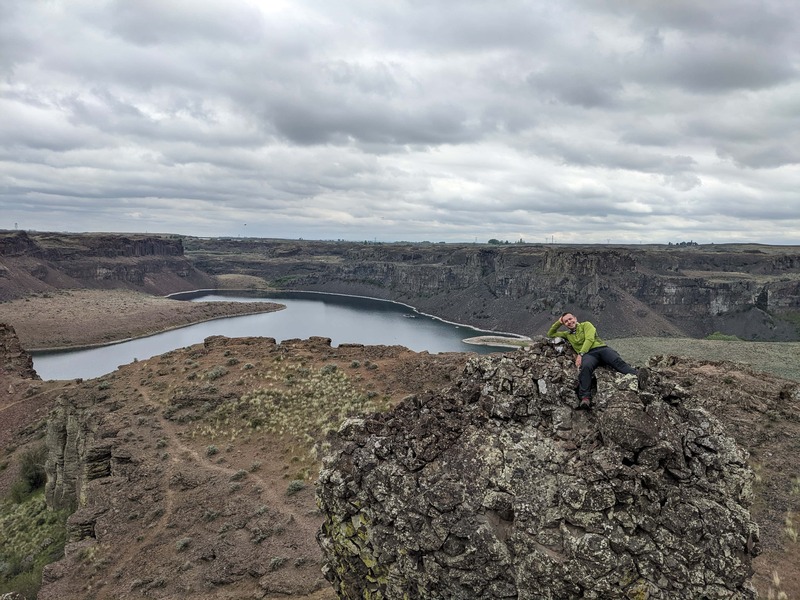This article dives into the exciting and diverse world of water sports, covering a range of activities from heart-pumping surfing to serene paddleboarding. Readers will learn about the physical and mental benefits of water sports, as well as safety tips and equipment recommendations. Whether you’re a seasoned athlete or a curious beginner, this article has something for everyone looking to explore the thrilling world of water sports.
 If you’re looking for a fun and adventurous way to spend time in the water, then water sports might just be for you. From thrilling surfing to calming paddleboarding, there are so many ways to enjoy the water while also improving your physical and mental health. In this article, we’ll explore the world of water sports and discuss the benefits of each activity, as well as provide safety tips and equipment recommendations. So grab your sunscreen and let’s dive in!
If you’re looking for a fun and adventurous way to spend time in the water, then water sports might just be for you. From thrilling surfing to calming paddleboarding, there are so many ways to enjoy the water while also improving your physical and mental health. In this article, we’ll explore the world of water sports and discuss the benefits of each activity, as well as provide safety tips and equipment recommendations. So grab your sunscreen and let’s dive in!
Thrilling water sports
Surfing
Surfing is one of the most popular and thrilling water sports out there. It involves riding a surfboard on the waves, which requires skill, balance, and strength. Here are some things you should know about surfing:
Description of the activity
Surfing involves paddling out to the waves, waiting for the right one to catch, and then standing up on the board to ride the wave to shore. It’s an adrenaline-pumping activity that requires good physical fitness and balance.
History of Surfing
Surfing originated in Polynesia and was first recorded by European explorers in the late 18th century. It became popular in the 20th century, particularly in Hawaii and California, and has since spread to other parts of the world.
Health benefits
Surfing is a great workout for your core, arms, and legs, as well as your cardiovascular system. It also helps to improve your balance, flexibility, and coordination.
Equipment needed
To go surfing, you’ll need a surfboard, a wetsuit, and a leash. The type of board you use will depend on your skill level and the type of waves you’re riding.
Safety Tips
Always surf in a designated area with lifeguards on duty. Check the weather and surf conditions before heading out, and never surf alone. Always wear a wetsuit and leash, and be aware of other surfers in the water.
Wakeboarding
Wakeboarding is another thrilling water sport that involves riding a board behind a boat while being pulled by a rope. Here’s what you need to know about wakeboarding:
Description of the activity
Wakeboarding involves standing on a board while being pulled by a boat on the water. The goal is to perform tricks and jumps, much like skateboarding on water.
History of wakeboarding
Wakeboarding was first introduced in the 1980s and quickly became popular among water sports enthusiasts. It evolved from a combination of water skiing, snowboarding, and surfing.
Health benefits
Wakeboarding is a great way to improve your balance, coordination, and strength, particularly in your legs and core. It also provides a fun and exciting cardiovascular workout.
Equipment needed
To go wakeboarding, you’ll need a wakeboard, a boat, and a tow rope. You’ll also need a life jacket and a wetsuit if the water is cold.
Safety Tips
Always wear a life jacket and never ride in the boat’s path or near other boats. Be aware of other wakeboarders in the water, and never ride in shallow water or near docks or other structures.
Calming water sports
Paddleboarding
Paddleboarding is a water sport that has gained popularity in recent years due to its calming and relaxing nature. It involves standing or kneeling on a board and using a paddle to navigate the water. Here’s what you need to know about paddleboarding:
Description of the activity
Paddleboarding involves standing or kneeling on a board and using a paddle to move through the water. It can be done on lakes, rivers, or oceans, and is a great way to explore the beauty of nature while also getting a low-impact workout.
History of paddleboarding
Paddleboarding has its roots in ancient Polynesia, where it was used for transportation and fishing. It was revived in Hawaii in the 20th century and has since spread around the world.
Health benefits
Paddleboarding is a great workout for your core, legs, and arms, as well as your cardiovascular system. It also helps to improve your balance, flexibility, and coordination. Additionally, the calming nature of paddleboarding can have mental health benefits, reducing stress and improving mood.
Equipment needed
To go paddleboarding, you’ll need a paddleboard and a paddle. There are different types of paddleboards, including inflatable and hard boards, as well as different sizes depending on your height and weight. You’ll also need a life jacket and appropriate clothing for the weather and water temperature.
Safety Tips
Always wear a life jacket and be aware of other watercraft and potential hazards in the water. Check the weather and water conditions before heading out, and avoid areas with strong currents or rough waves. Start in calm water and practice your balance before attempting more challenging conditions.
Kayaking
Kayaking is another calming water sport that involves using a small boat called a kayak to navigate the water. It can be done on lakes, rivers, or oceans and is a great way to explore nature while also getting a workout. Here’s what you need to know about kayaking:
Description of the activity
Kayaking involves sitting in a small boat called a kayak and using a double-bladed paddle to move through the water. There are different types of kayaks, including sit-on-top and sit-in kayaks, depending on your preference and the type of water you’ll be kayaking in.
History of kayaking
Kayaking has its roots in the Arctic and North America, where it was used for hunting and transportation. It evolved into a recreational activity in the 20th century and has since become a popular water sport around the world.
Health benefits
Kayaking is a great workout for your upper body, core, and cardiovascular system. It also helps to improve your balance, coordination, and mental focus.
Equipment needed
To go kayaking, you’ll need a kayak, a paddle, and a life jacket. The type of kayak and paddle you use will depend on your skill level and the type of water you’ll be kayaking in.
Safety Tips
Always wear a life jacket and be aware of other watercraft and potential hazards in the water. Check the weather and water conditions before heading out, and avoid areas with strong currents or rough waves. Practice your paddling technique and be prepared for emergency situations.
Conclusion
Water sports are a great way to have fun and enjoy the beauty of nature while also improving your physical and mental health. Whether you’re looking for a thrilling activity like surfing or wakeboarding, or a calming one like paddleboarding or kayaking, there’s something for everyone to enjoy. Remember to always prioritize safety and proper equipment when participating in any water sport. With these tips in mind, you can make the most of your time on the water and have a great experience.









